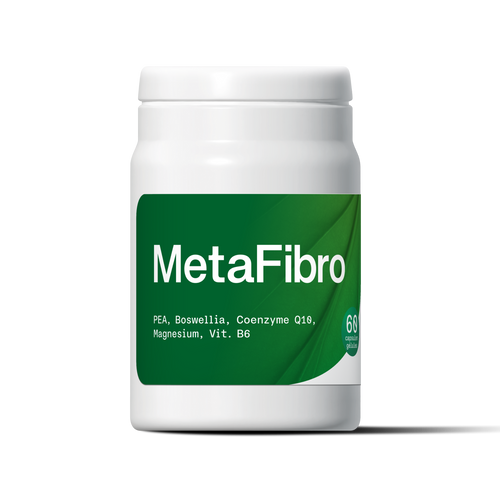The hemp plant, or Cannabis Sativa, is well known for its many applications in sectors such as construction, textiles, food, cosmetics and health. Each industry seeks to exploit the part of the plant that interests it the most. However, a more holistic approach is to explore hemp farming from a zero waste perspective. Let us also remember that this plant does not need phytosanitary products and stores the equivalent of 1 ha of forest carbon.
The company CBX medical has embarked on this path by launching, for the 2nd consecutive year, an experimental hemp field during the 2023 growing season in the Lasne region. The objectives of this approach are multiple. It is, first of all, to increase and share knowledge on the cultivation of Cannabis sativa by studying the production of flowers, cannabinoids, fibers and hemp depending on different factors, such as the density of planting, date and genetics of the plants.
We observed that it was at medium to low planting densities (40 to 60 kg/ha) that the best flower yields were observed at full flowering. A difference between varieties could also be observed. For example, at full flowering (T4), the density of 60 kg/ha led to a greater yield of flowers for the variety Felina 32 than for the variety Santhica 27, where the maximum yield is observed at 40 kg/ha.

The results of this detailed study of hemp cultivation could motivate the entire value chain, from agriculture to finished products, to explore more sustainable and efficient methods. Zero waste hemp cultivation is an innovative approach that shows how nature can inspire us to exploit its resources responsibly.





